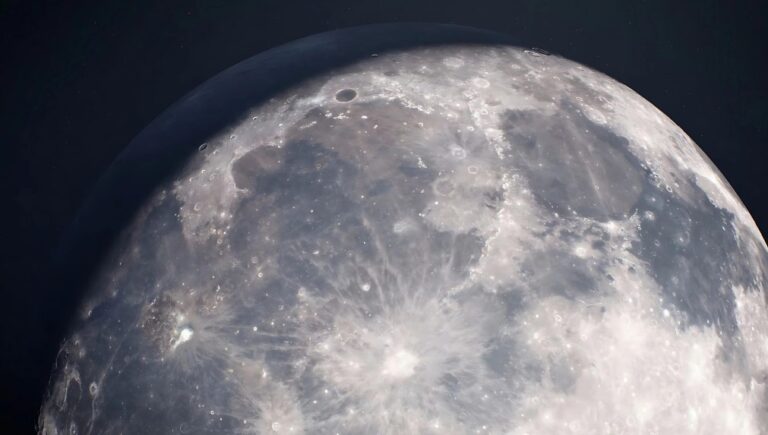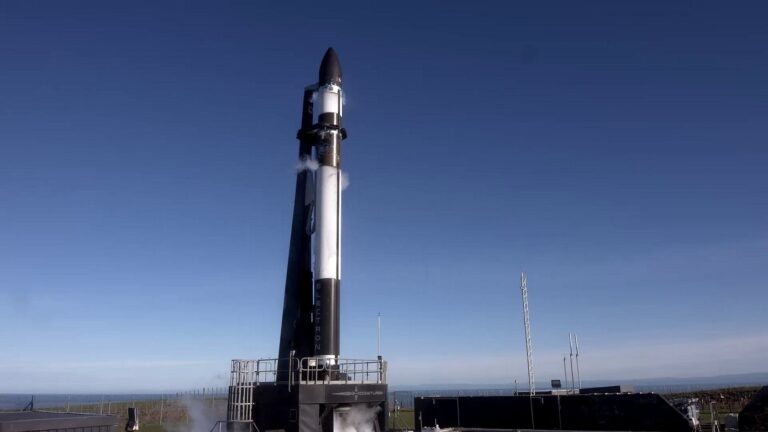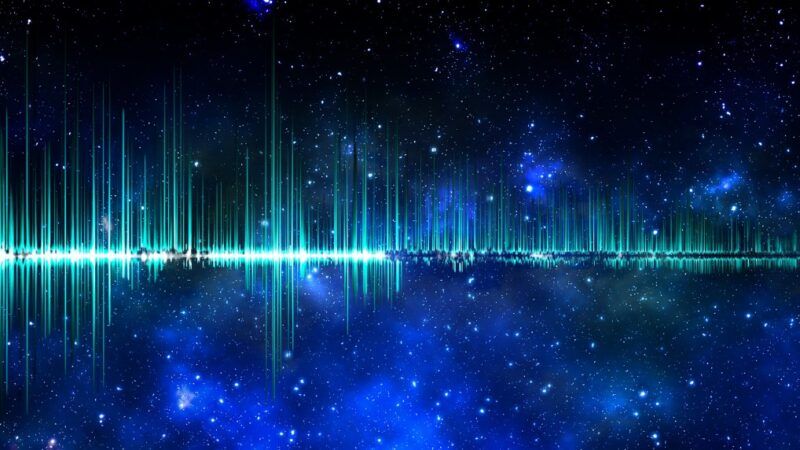When we consider the vast expanses of space, many of us imagine a silent, infinite void. However, the science behind how sound travels—or, more accurately, does not travel—in space is a fascinating subject that bridges fundamental physics and our understanding of the universe.
The vacuum of space
Space is a near-perfect vacuum, meaning it has extremely low density and pressure. It contains so few particles that the concept of sound as we experience it on Earth doesn’t apply. Since sound waves need a medium to travel, the vacuum of space presents a unique challenge: there are simply not enough particles to transmit sound.
This silence underscores the isolation of space environments, fundamentally altering our sensory experience outside of Earth’s atmosphere. The understanding of this concept is crucial for designing spacecraft and equipment that operate effectively in such conditions.
Common misconceptions

Popular culture and science fiction often depict sounds in space, which leads to a common misconception that space can carry sound. Films show spacecrafts roaring as they travel and star explosions making loud noises, but in reality, space’s vacuum would render these sounds inaudible.
This creative liberty taken by filmmakers creates dramatic but scientifically inaccurate scenes. Educating the public about the reality of sound in space helps in understanding the true nature of space travel and the environment beyond Earth’s atmosphere.
This knowledge is essential for aspiring astronomers and engineers who are building the future of space exploration.
Propagation through space dust and cosmic gas

For instance, within nebulae—clouds of gas and dust—sound might theoretically propagate, but this would be vastly different from how sound travels on Earth. In these denser regions of space, such as within nebulae or gas giants, the sparse particles could facilitate a form of sound transmission, though this would be more akin to vibrations than the sound waves we are familiar with.
The role of planetary atmospheres
Planetary bodies with atmospheres, such as Earth, Venus, or Titan (a moon of Saturn), can carry sound because they have gases that serve as a medium. For example, if you were standing on the surface of Titan, wearing a suit that could withstand its harsh conditions, you might hear sounds carried by its thick atmosphere.
Experiments and theoretical physics

Researchers and scientists use theoretical models and space probes to study how sound might behave in different celestial environments. While we cannot yet simulate the exact conditions of space in a laboratory, advanced technology allows scientists to make educated guesses and simulations.
These theoretical explorations and practical experiments help refine our understanding of the universe and guide the development of technology for future missions. They also foster a better understanding of the fundamental laws of physics, which in turn inform other areas of scientific inquiry, including cosmology and quantum mechanics.
Vibrations in spacecrafts
One practical aspect of sound in space involves astronauts inside spacecrafts. Here, sound can indeed travel because the air inside the spacecraft acts as a medium. This phenomenon is crucial for communication among astronauts and for the monitoring of spacecraft integrity through sound.
The ability to hear and diagnose potential issues through auditory cues is vital for maintaining the safety and functionality of spacecraft. It also illustrates the adaptability of human senses and technologies to different environments, ensuring that astronauts can operate effectively in the confines of spaceborne habitats.
Why is this important?

Understanding how sound or similar vibrations travel through different environments in space has practical applications. For example:
- Monitoring seismic activities on other planets through vibrations can tell us about their internal structures. This is crucial for assessing the geological activity and potential habitability of other celestial bodies. Such monitoring could also aid in the search for extraterrestrial life by identifying planets with active geological processes.
- Communication technology could be adapted based on how sound-like vibrations propagate through planetary atmospheres or the surface of moons. This adaptation is vital for developing communication systems that are effective across the varied environments of the solar system. It could lead to breakthroughs in how we transmit information across vast distances in space.
In summary
While the silence of space might seem empty, it tells us a great deal about the fundamental laws of physics and the nature of the cosmos. Each probe we send and every planet we study adds to our understanding, bringing us one step closer to uncovering the mysteries of the universe.








